The 6 most important findings from our Light-eMTB group test – Here’s what you should know about Light-eMTBs!
We put 8 of the hottest Light-eMTBs through their paces on Spain’s best trails, clocking up countless test kilometres, and making some important discoveries, because what may look similar on paper often turns out to be the complete opposite on the trail. Here are our most interesting findings, and some things for you to consider before buying!
For some bike and motor manufacturers, this article and our group test will be painful to read. But it will save our readers their hard-earned cash and spare their nerves. Surely no one wants a € 10,000 ebike that suddenly doesn’t switch on or doesn’t meet your requirements. However, the fact is that many of the latest Light-eMTBs still have teething problems they need to sort out.
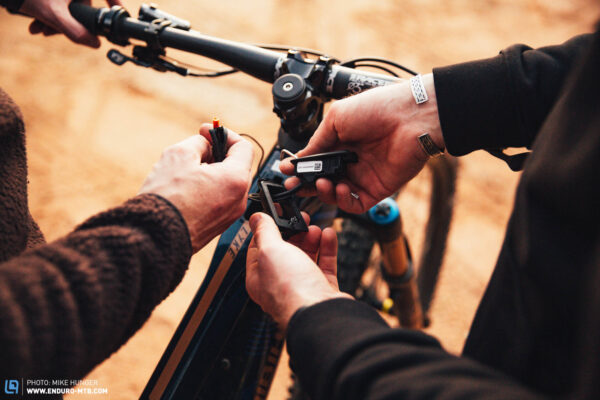

Light-eMTBs are not yet on par with their analogue counterparts
It’s been a long time since we’ve encountered as many defects and problems as we did in this Light-eMTB group test… Why is that? When developing Light-eMTBs, there’s a lot more to consider than with analogue bikes. Bike manufacturers are forced to rely on motor manufacturers and vice versa. On the one hand, the best motor is only as good as the bike it’s in. On the other hand, the best bike is useless as an ebike if the motor doesn’t work (reliably). So, motor manufacturers have a big responsibility – not just in terms of development, but above all in terms of production quality and technological maturity. Furthermore, the hard- and software requirements for electric motors are becoming increasingly complex. If something doesn’t work as intended, it means that bike manufacturers can’t deliver bikes or, if they do, that they’ll bear the brunt of customer complaints, costing them huge sums. In addition, brands resort to special in-house solutions for things such as charging ports and battery removal in an effort to stand out from the crowd – which may rely on the same motor – without doing sufficient testing to see if they meet the required quality standards. As such, the latest generation of light motors hasn’t yet matured, and more than half of the bikes on test ran into soft- or hardware problems with some of them becoming entirely defective – not cool! Of course, 2021/22 presented the perfect storm: the entire market cried out for more products and supplies while the production quality standards had already dropped since the repeated lockdowns, and many brands rushed to launch their new motors – FAZUA, TQ, and other manufacturers repeatedly postponed their release dates, probably because they set them too early to begin with. The fact is, they just haven’t ironed out all the bugs, which is evident in the number of problems we encountered in our group test. So, if you buy one of the latest generation Light-eMTBs (as of March 2023), you will certainly get a damn fun bike, but you’ll also have to reckon with cancelling your rides at short notice, because your bike won’t start, or it’s preoccupied with downloading and installing updates.
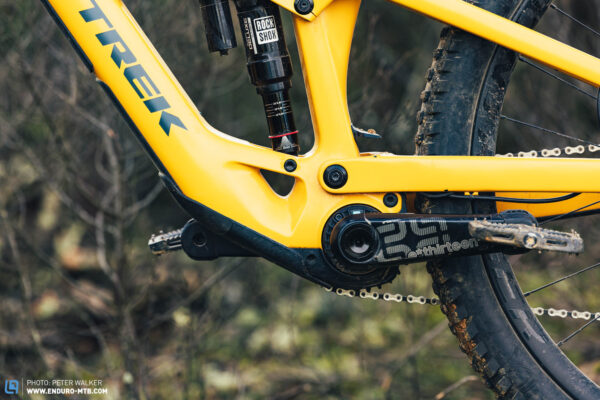
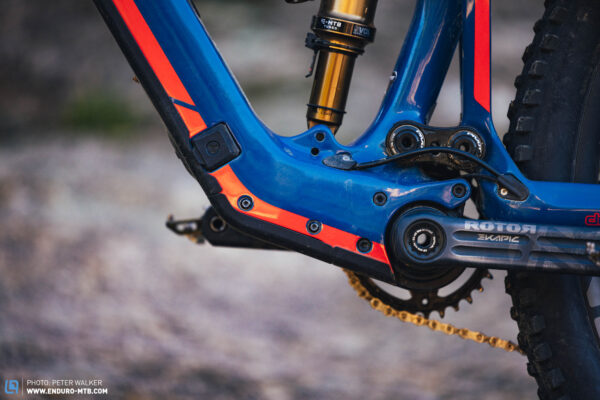
Compromised hardware
Like Specialized, the developers at Forestal chose the holistic approach and didn’t rely entirely on the motor manufacturer, taking matters into their own hands instead. With the touch display and wealth of functions offered by their in-house software and corresponding app, they show what the future of eMTBs can hold, even if it doesn’t work perfectly just yet. Standing in stark contrast, you’ve got FAZUA’s new LED Hub in the top tube, making use of just 5 LEDs and a USB-C charging port with an output of about 1 amp. It lags behind the feature-rich displays offered by TQ, Forestal and Shimano. The FAZUA and Forestal remotes aren’t convincing in look or feel either, and they don’t do much to justify the asking price of the bikes. The integration of the FAZUA motor also can’t keep up with the sleek designs of TQ and BAFANG, leading to down tubes that resemble massive hockey sticks. By now, it’s common knowledge that all Shimano motors produce a metallic clunk on the descents, no matter how quiet the rest of the bike is, and the EonDrive motor from BAFANG whistles like a turbo on the climbs. Only the TQ motor remains barely audible, whether you’re putting the hammer down on the cranks or descending. Nevertheless, it is impressive to see how far motor development has come and how clean current eMTBs can be, despite the compromises and teething problems they’re still plagued with. Software problems are relatively easy for customers to solve – even if this is annoying with a € 10,000 bike – but the hardware is usually something you’ll have to live with unless brands start offering compatible parts upgrades.
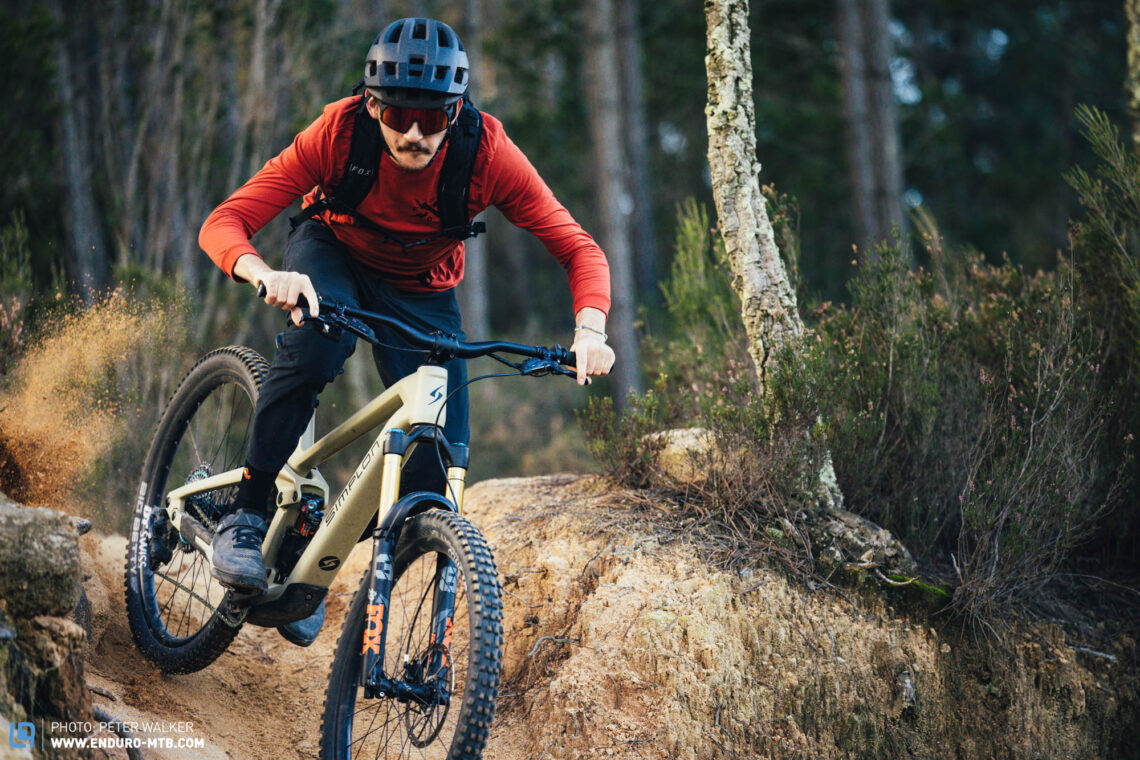
Top model ≠ top performance
We’ve arrived at a point in time when bike manufacturers can no longer offer flagship models without speccing them with ridiculously expensive carbon components, titanium bolts, and Kashima coatings, even though they know adding bling doesn’t necessarily improve the bike’s performance on the trail. Good examples of this are one-piece cockpits that look nice but are insanely expensive and can’t be adjusted; or carbon wheels that, while allowing for more responsive pedalling and a lower weight in most cases, are simply too stiff and direct for most riders and often get written off in the event of a puncture. In our test, FOCUS, Pivot and SIMPLON offer higher priced models that don’t offer any added value on the trail. On the contrary, their trail performance is compromised. Likewise, a lower end spec of the SCOTT and Trek would probably have fared better in this group test. As part of our tuning tips, we make recommendations on how you can save a lot of money when shopping for a Light-eMTB, as with the best in test SIMPLON, for example.
Light motors enable many different use cases
The best example from our test demonstrating the versatility of Light-eMTB motors is the TQ HPR 50, which features in both the SCOTT Lumen eRIDE 900 SL and the SIMPLON Rapcon Pmax TQ. The SCOTT makes do with just 130 mm travel front and rear, proving to be a fast trail bike with cross-country genes. The motor’s sporty character and low weight of the bike – just 16 kg – let you fly up the trails like Nino Schurter. In contrast, the SIMPLON boasts a whopping 170 mm of travel up front and 165 mm at the rear. Since we typically stick to gravel road climbs with bikes like this, the TQ system makes sense here too, taking much of the strain out of the climbs and allowing you to ride more laps, without overly intruding on the riding experience.
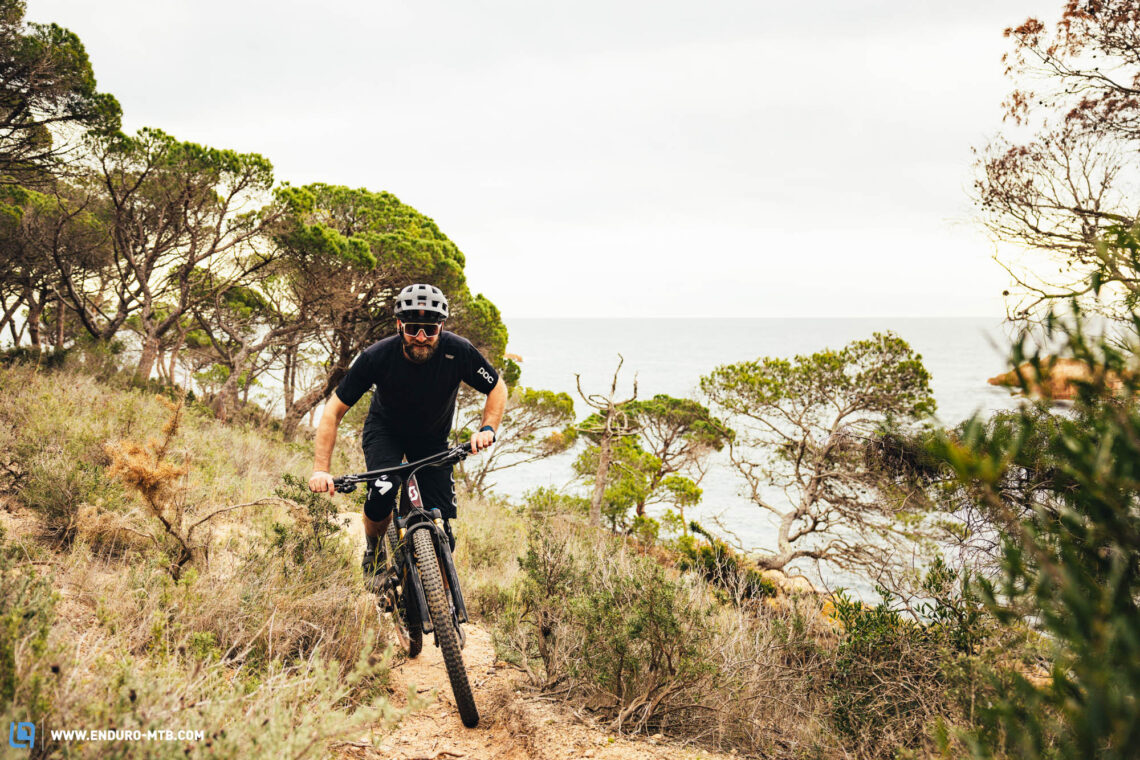
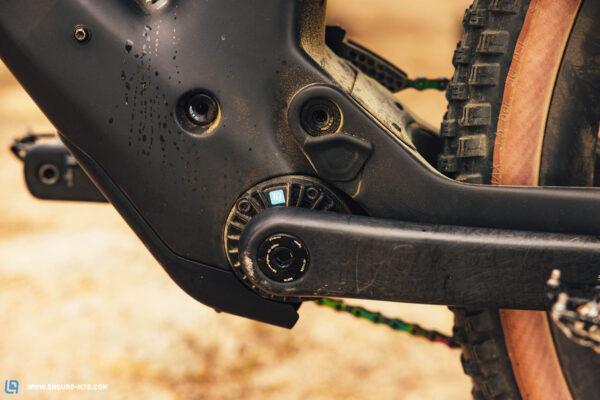

The motor’s specs look similar on paper, but they couldn’t differ more on the trail
Three of the motor systems on test, the FAZUA ride 60, the throttled Shimano EP801 RS, and the BAFANG EonDrive, have a rated torque output of 60 Nm. They all offer a decent level of assistance on the trail, but their characteristics, i.e. the way in which the power is unleashed, have a massive influence on the handling and feel of the bike. And this is where they differ! The dynamics play an important role in the way the motor kicks in, which you can adjust with the FAZUA and Shimano systems, and can often feel like more or less power when pulling away. In addition, the cadence range in which the motor provides support determines in which instances you can make use of the power. For example, when things get slow and steep, the BAFANG and FAZUA motors suddenly can’t keep up with the Shimano. The bikes also seem very similar in terms of battery size, but the motors consume electricity at very different rates, and so the largest battery doesn’t necessarily mean that you’ve also got the longest range. A perfect case in point, the Forestal Siryon Diode with its 360 Wh battery. The battery level of the Siryon drops simply from having the system switched on. While setting up the bike, which takes about 30 minutes, we observed the battery losing up to 3% of its charge. If you extrapolate this, 3 hours of riding with zero assistance consumes almost 20% of your battery level. Added to this are the huge variations in battery consumption of the bike and rider as a system, which comes down to the technology on the one hand, and, on the other hand, depends on countless external factors such as the riding characteristics (cadence, rider weight and pedalling behaviour), topography, and trail conditions.
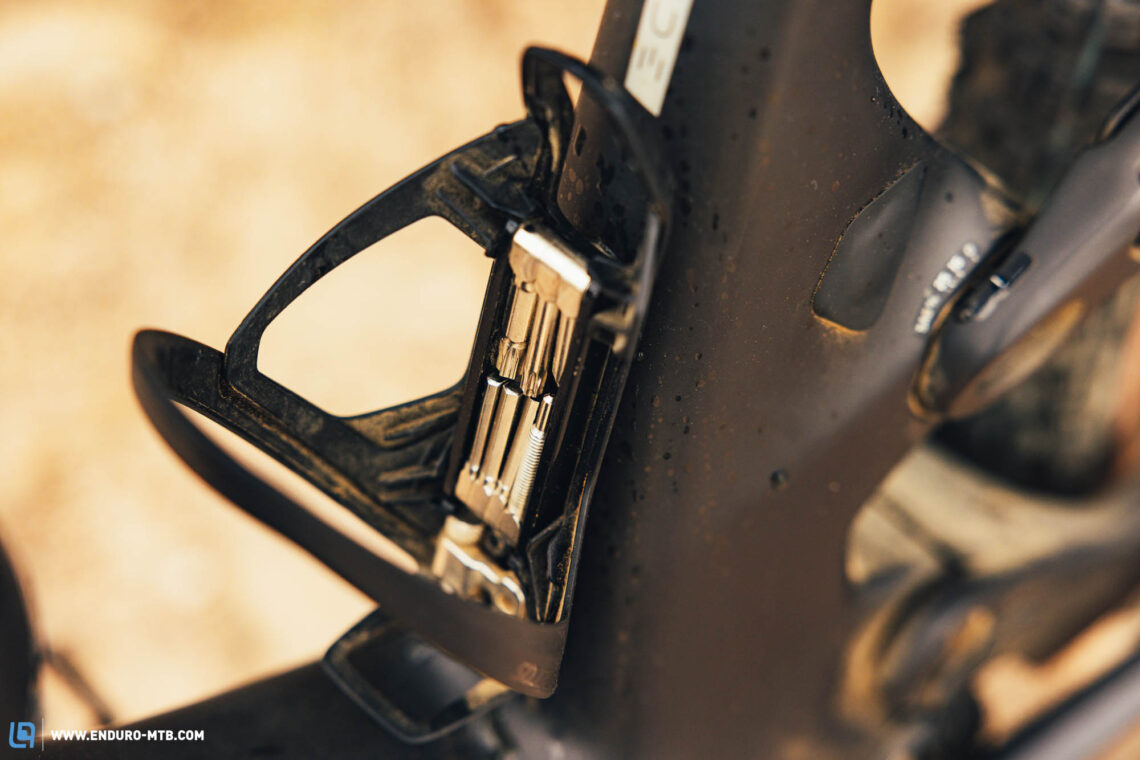
Integration now plays a major role in bike development
It’s no secret that integration has taken on a major role among bike brands in recent years. That and the fact that the online mountain bike community has been torn apart over it. Beauty, as we all know, is in the eye of the beholder, and yet a clean and sleek look is usually a big part of what sets higher priced bikes apart. Some integrated solutions are just too damn practical, like hidden mini-tools and spares, and even brands like SCOTT – who think twice before adding a single gram of extra weight to their bikes – have countless tools tucked away in their frames. That way you’re always prepared and don’t need a backpack for your post work jaunts. Attachment points for tool straps or fenders are just as practical and they don’t interfere. However, things like one-piece cockpits are annoying – though some love the way they look, they can’t be adjusted. And what must be the most heated topic of all: internally routed cables that are fed into the frame via the headset or even the stem. Yes, they make working on your bike more difficult, but let’s be honest: how often is working on your bike time sensitive, and how often do you service your headset or move around spacers anyway? And if you do, the extra effort isn’t the end of the world. Besides, it actually makes the cable routing easier since the opening is much larger. If you just can’t warm to it, you’ll probably have to stick with one of the few bikes featuring conventional cable routing. But all signs point to the fact that we’ll see more solutions like these in the future and that all cables will soon disappear into the handlebars – as has long been the norm in the road bike sector.
The new generation of Light-eMTBs is both fascinating and frightening. They’re terrifyingly good on the trail, but also have a frightening number of problems that you wouldn’t and shouldn’t expect from bikes like this, some of them costing well over € 10,000! Those who dare will get a fun bike with innovative technology that can easily keep up with analogue mountain bikes on the trail. We can only wait and see how the development of Light-eMTBs continues, and hope that their teething issues will soon be solved by software updates!
